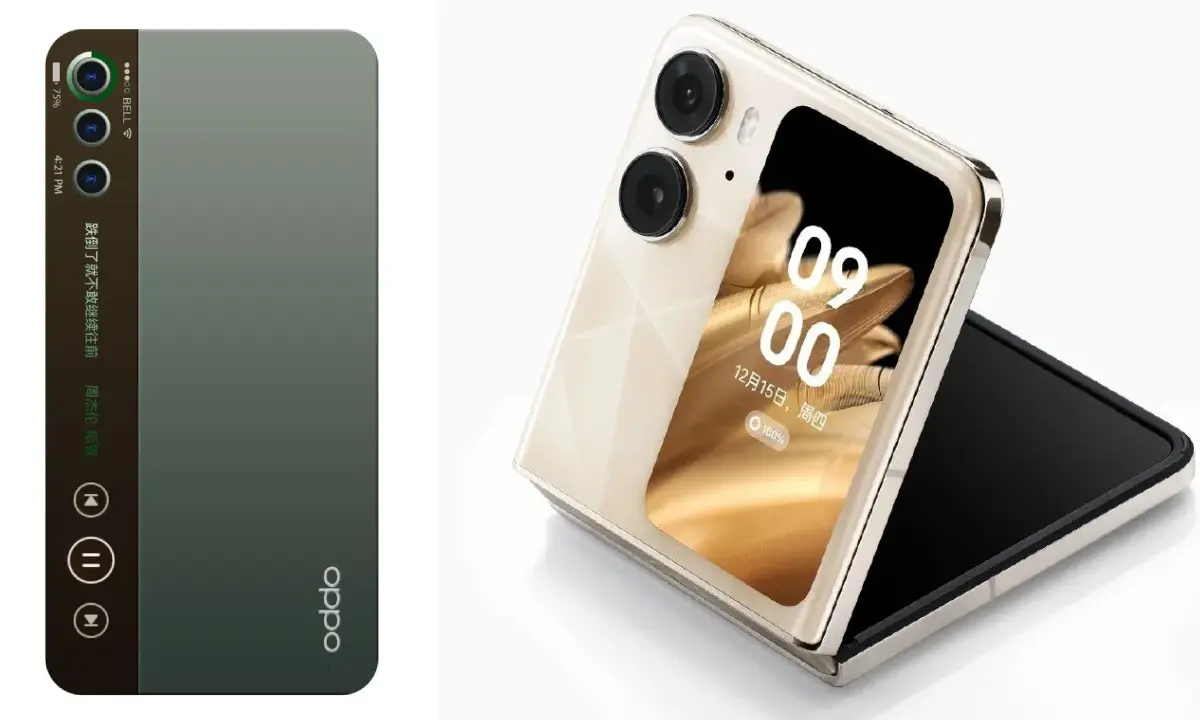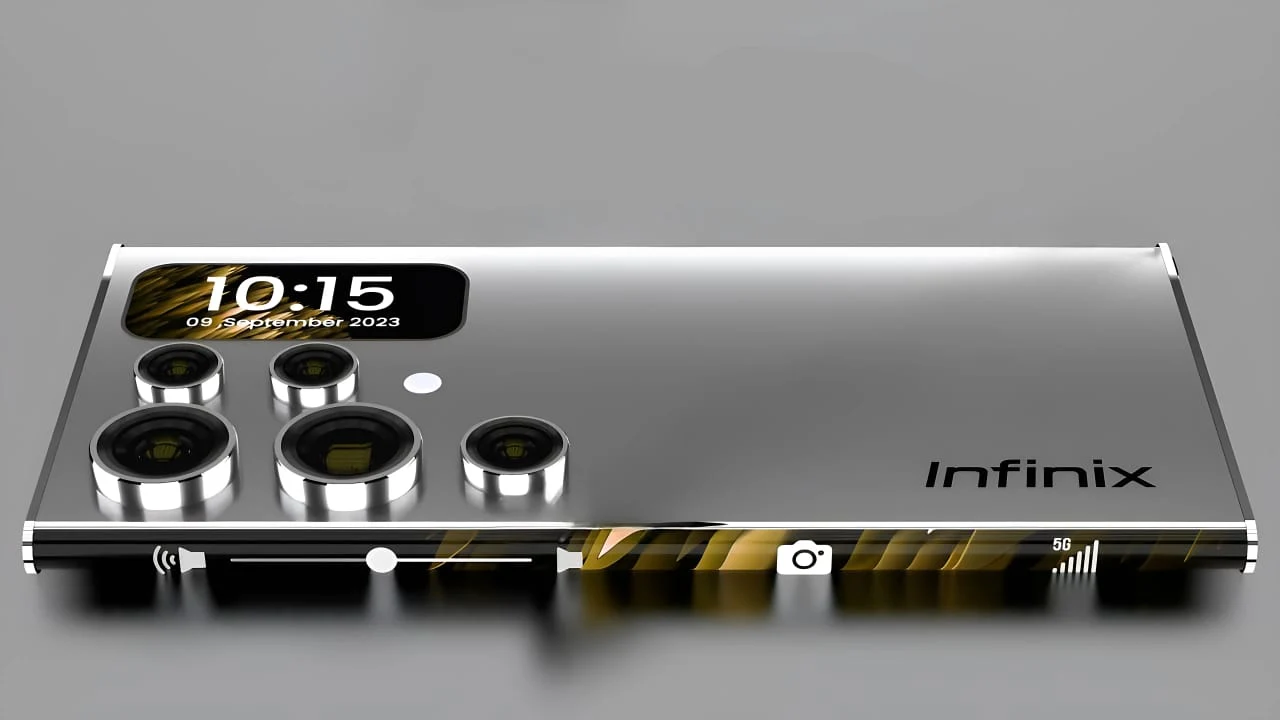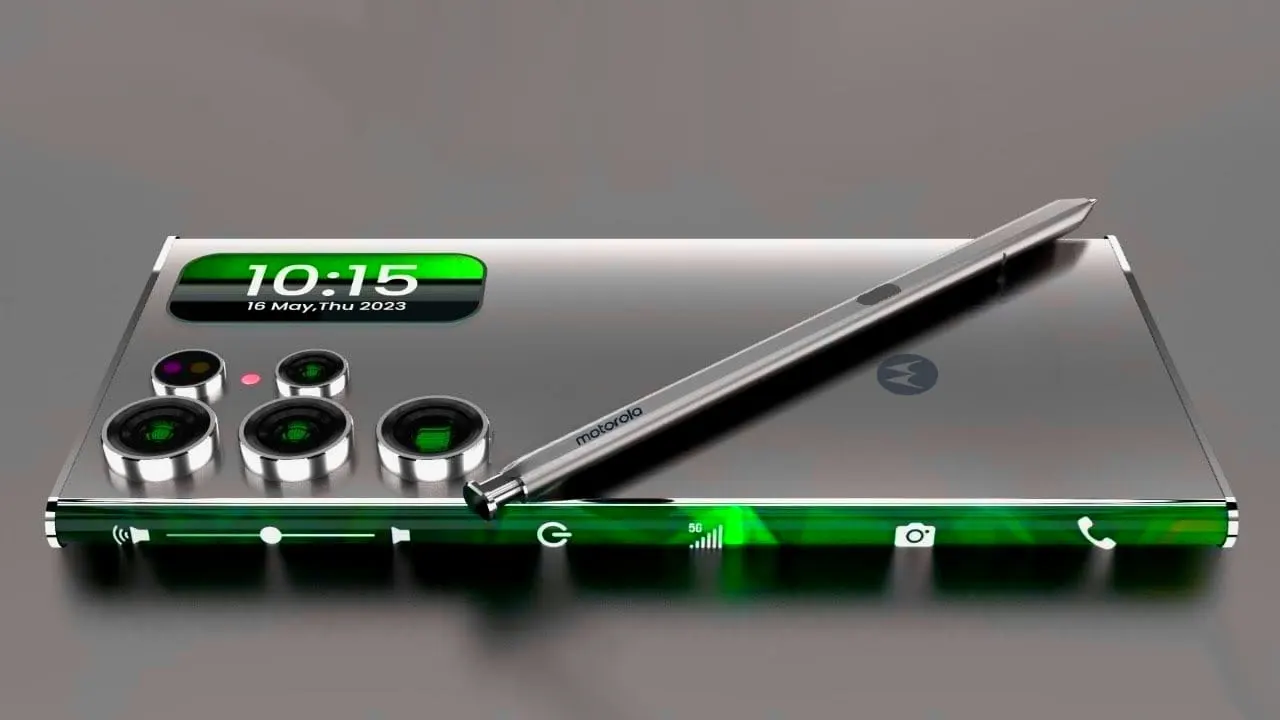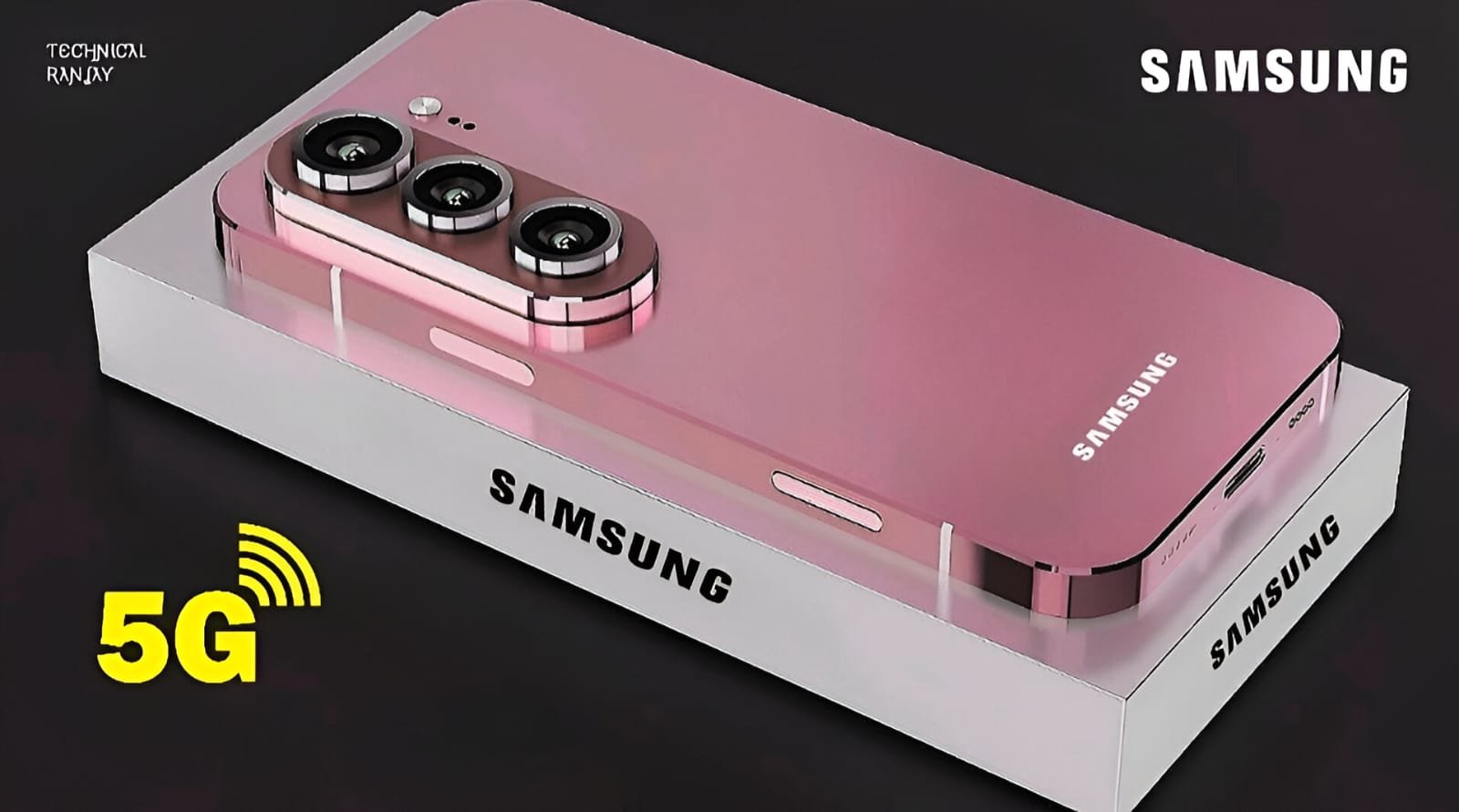In a surprising reveal, Zhou Yibao, the product manager for the OPPO Find series, recently shared on Weibo an unreleased phone design that OPPO had considered five years ago. The concept revolved around integrating a secondary display on the back of a traditional flat-screen smartphone—an idea that was shelved before it ever saw the light of day. While the phone never reached consumers, the story behind its cancellation offers a rare glimpse into the decision-making process behind mobile innovation.
According to Zhou, the abandoned OPPO design featured a prominent rear display meant to serve various functions. The secondary screen could show weather updates, song lyrics, alerts for incoming calls and messages, and could even adapt to match the user’s clothing style. At the time, these features were forward-thinking and aimed to enhance user convenience and personalization.
However, despite its ambitious vision, the project stumbled over two key questions: “Why do users need a second screen on a straight phone?” and “What real-world problems does it solve that the main screen cannot?” OPPO’s internal evaluations concluded that the dual-screen setup lacked a clear, user-driven purpose—ultimately leading to the project’s quiet demise.

During the same period, nearly 50% of smartphone manufacturers were experimenting with similar designs. Brands like Xiaomi and Meizu launched phones with rear displays, but the reception was lukewarm at best. These devices often failed to deliver practical benefits, leading to poor adoption and fading interest.
Zhou Yibao noted that OPPO made a conscious decision not to chase this fleeting trend. The company stood by its belief that without meaningful use cases, a secondary screen would be more of a gimmick than a feature. OPPO’s decision to cancel the project not only saved resources but also positioned it as a brand that prioritizes user value over industry hype.
Although the dual-screen concept never came to fruition in a straight phone, Zhou emphasized that the ideas behind it were not entirely wasted. Elements of the original design have since been adapted into OPPO’s modern foldable phones, particularly the Find N Flip series. These compact foldables now offer external displays that serve practical functions, such as notifications and quick interactions—bringing the original concept to life in a more logical form.
OPPO’s axed dual-screen project is a fascinating case study in product development. It shows that not all innovation needs to go to market to be valuable. Sometimes, the best ideas find new life in different forms. While many companies rushed to release flashy but underwhelming dual-screen phones, OPPO’s patience and commitment to purposeful design have helped it maintain a strong position in an ever-evolving market.










